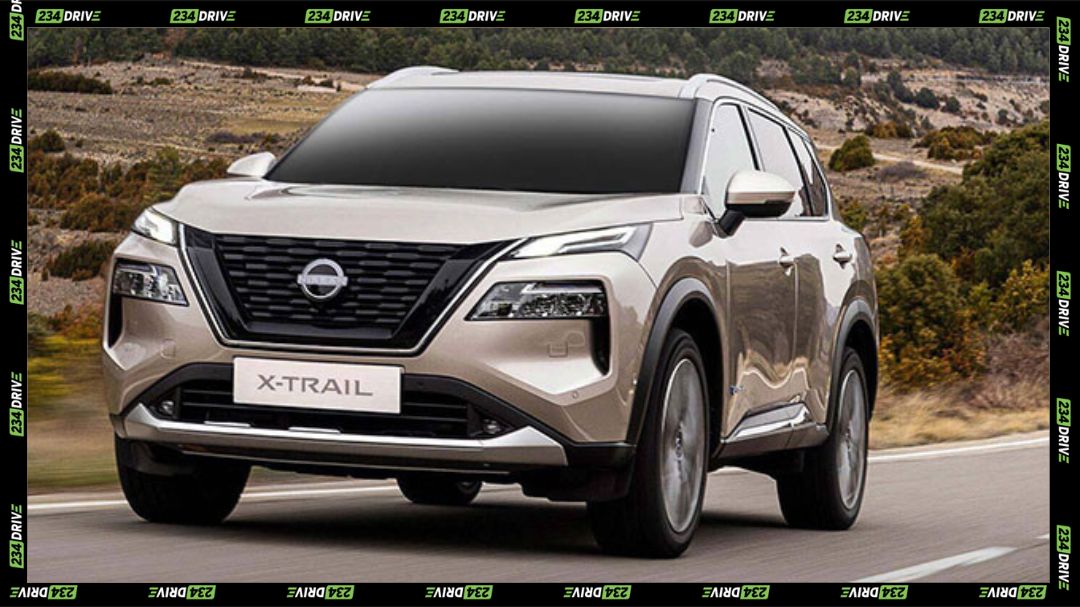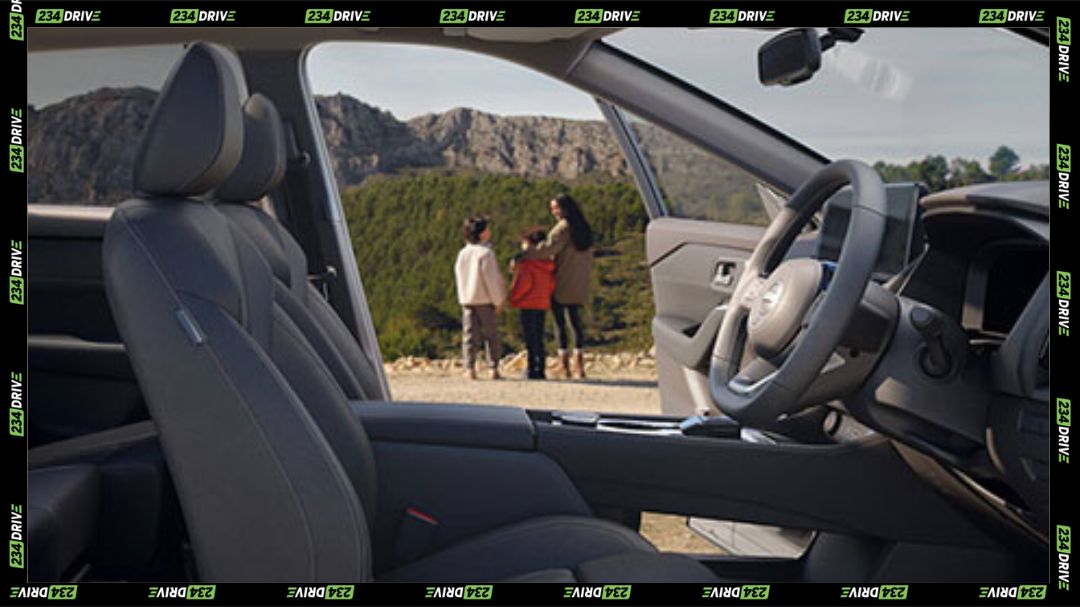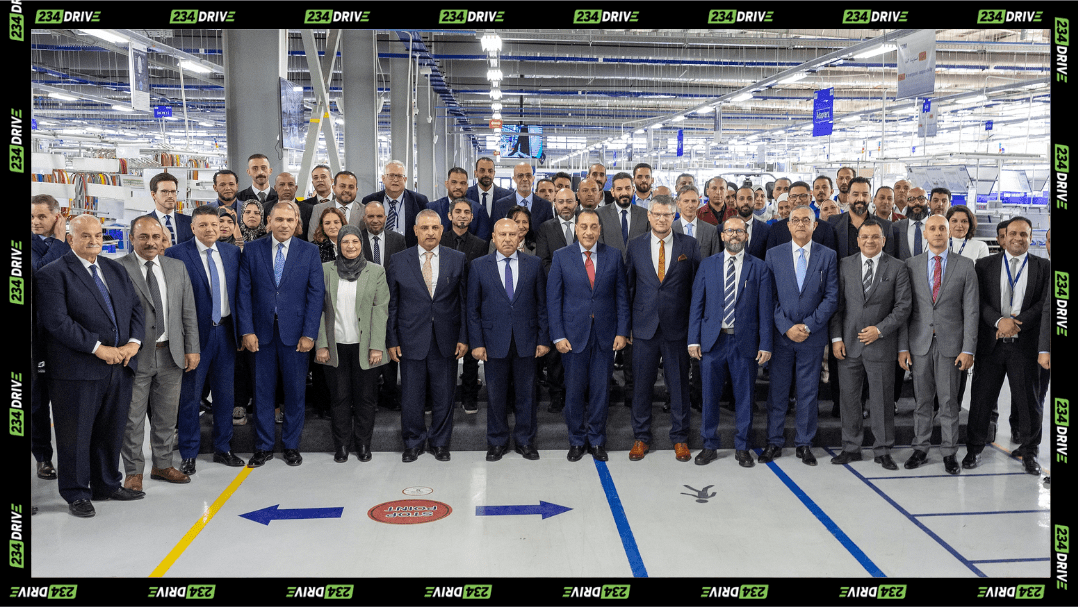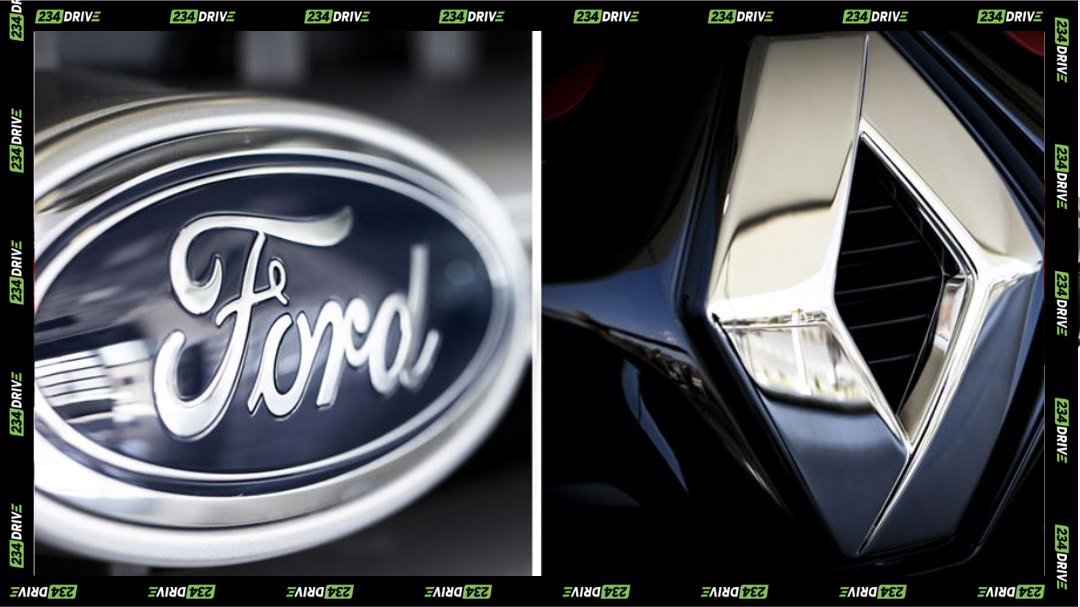Nissan is ramping up its push in South Africa’s family SUV market with the latest iteration of its X-Trail, a model that has quietly evolved into one of the most complete mid-size SUVs on sale. With prices now starting at around R687,900 (about $36,000 or €33,500) and topping at R812,900 (about $42,500 or €39,500), Nissan’s latest update includes strategic price cuts, new convenience features, and a sharpened focus on families looking for reliability and practicality over flash.
The Japanese automaker’s move is deliberate. The X-Trail has always been a backbone of Nissan’s SUV lineup, but in South Africa—a market where the Toyota RAV4 and Chery Tiggo 8 Pro dominate—it needed a refresh to stay relevant. The new generation brings modest but meaningful upgrades: wireless smartphone charging, automatic door locking, and a more refined interior layout. This rollout, though quiet, reflects Nissan’s broader effort to regain momentum in a tightening market where affordability and durability are key.

At its core, the X-Trail is designed to be a do-it-all SUV. The flagship Acenta Plus trim offers a seven-seat configuration, 19-inch alloy wheels, and all-wheel drive—features that set it apart from rivals that often reserve such equipment for higher price brackets. A 2.5-litre petrol engine pushes out 135 kW and 244 Nm, mated to a Continuously Variable Transmission (CVT) tuned for smoothness rather than aggression. Nissan’s engineers clearly prioritised comfort and refinement over raw speed, yielding a composed ride with fuel efficiency rated at 7.4 to 7.8 L/100 km.
Production remains anchored in Japan, but local market adaptations—such as tuned suspension for rougher roads and expanded warranty plans—reflect Nissan South Africa’s hand in the rollout. The division has emphasised affordability through selective pricing campaigns, with discounts up to R100,000 (€4,860 or $5,200) across models to re-engage hesitant buyers. Dealerships are also offering six-year/150,000 km warranties, signalling a renewed aftersales confidence.
Strategically, this repositioning shows Nissan’s intent to compete not just on specs but on value retention and total ownership cost. The X-Trail now competes head-on with Toyota’s RAV4 Hybrid, the Mitsubishi Outlander, and fast-rising Chinese contenders like the Chery Tiggo 8 Pro. Where the Japanese SUV distinguishes itself is in long-term reliability and real-world usability—areas where many buyers remain cautious about newer entrants. By maintaining a conventional petrol drivetrain while rivals chase hybrid and plug-in options, Nissan is betting that simplicity will win over customers wary of untested tech and charging infrastructure.
Globally, the X-Trail (known as the Rogue in some markets) has sold over seven million units since its debut in 2000. The South African market has contributed roughly 50,000 of those sales since 2001. The T33 generation, launched locally in 2021, introduced Nissan’s updated V-motion design, a more upright stance, and improved proportions. Standing 4,680 mm long with 211 mm ground clearance, it’s sized perfectly for South Africa’s mix of highways and gravel roads.

Competitors have not been idle. Toyota’s RAV4 continues to lead the segment with hybrid efficiency, while Chery’s Tiggo 8 Pro offers more features per rand. The difference lies in execution speed—Chinese brands have gone from launch to mass deployment in under two years, capturing younger, price-sensitive buyers. Nissan, by contrast, leans on trust and a proven product pipeline, aiming for steady, sustainable growth rather than shock-and-awe campaigns.
Nissan’s track record in the region supports that approach. The brand remains a key player in passenger vehicles and light commercial segments, bolstered by models like the Qashqai and Navara. The X-Trail’s latest upgrade continues that lineage, showing incremental innovation rather than reinvention.
As South Africa’s SUV market heats up, Nissan’s question isn’t whether the X-Trail can compete—it’s whether the brand can convert its reputation for reliability into renewed volume in a segment now defined by rapid innovation and shifting consumer expectations. If the current pricing and features land with buyers, this may well mark the start of a quiet resurgence for Nissan in the family SUV category.









